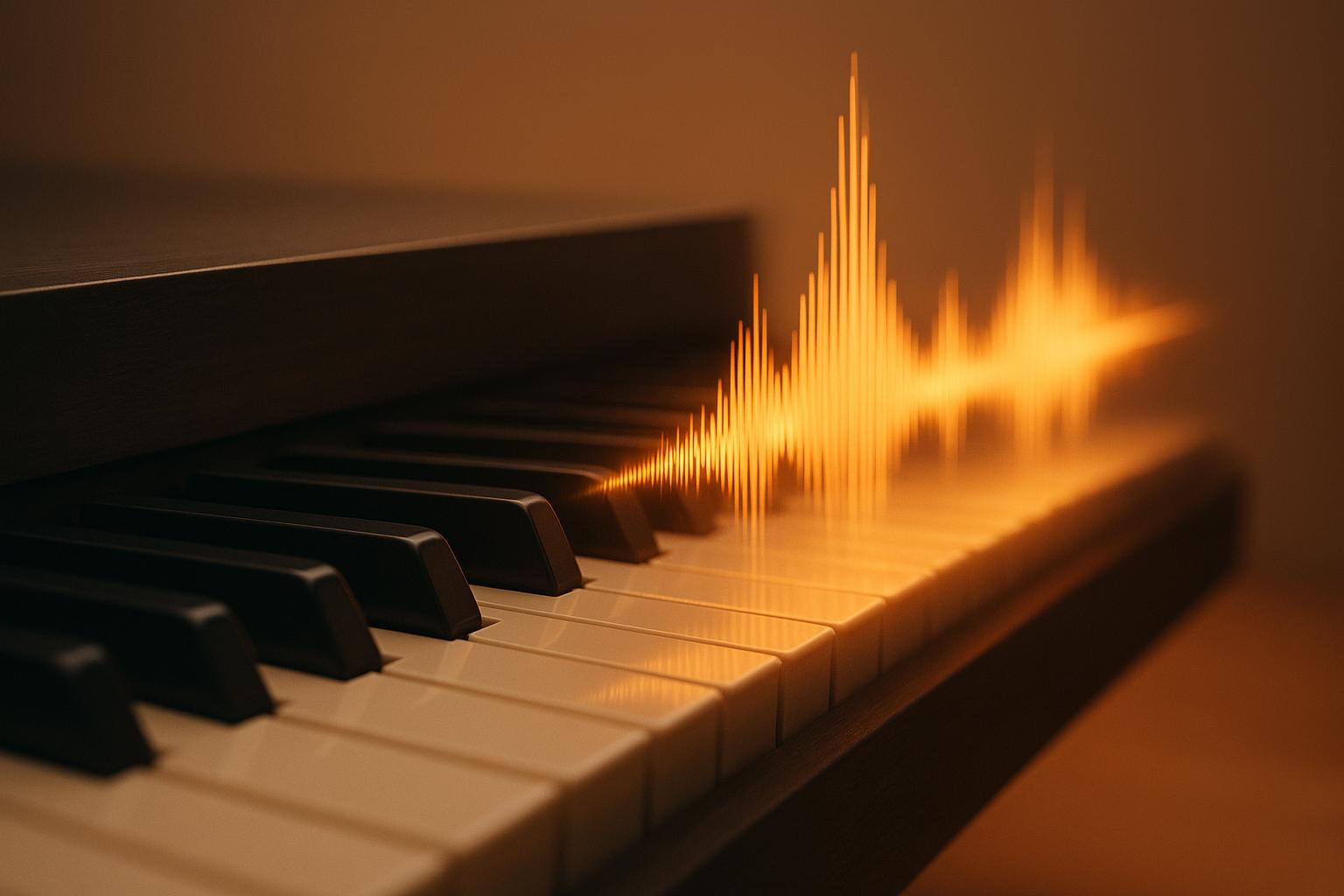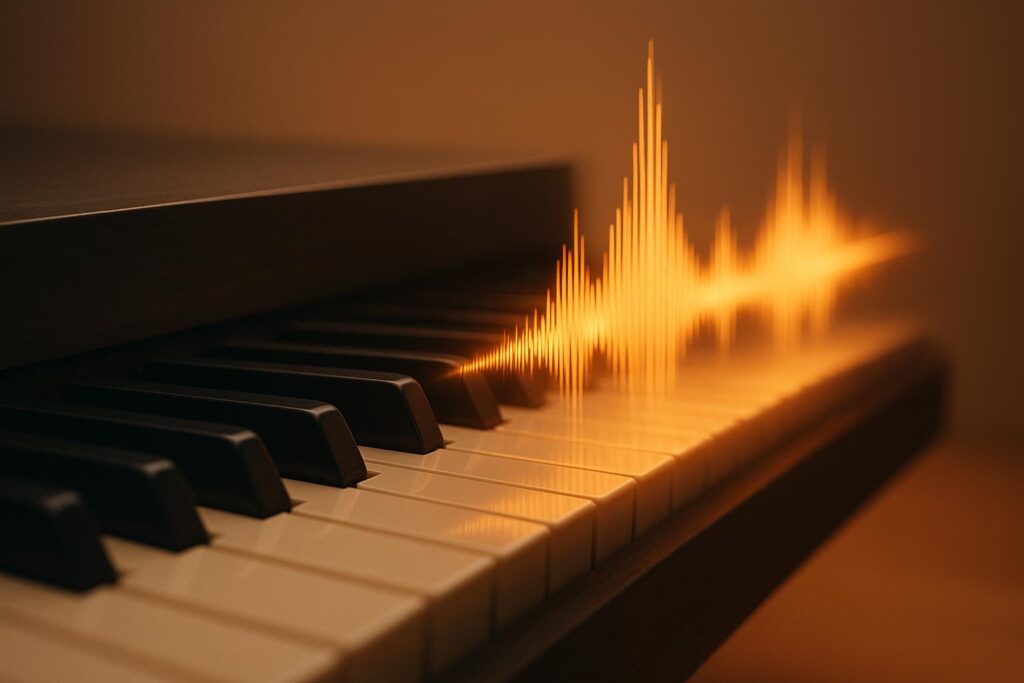
Discover the Power of Piano Note Frequencies
Whether you’re a musician fine-tuning your instrument or a sound engineer crafting the perfect mix, understanding the frequency of each piano note is essential. Our Piano Key Frequency Converter makes this process effortless by transforming any key into its corresponding Hz value with just a few clicks. It’s a game-changer for anyone working with sound.
Why Frequencies Matter in Music
Every note on a piano corresponds to a specific vibration rate, measured in Hertz (Hz). Knowing these values helps with tuning, composing, and even designing audio equipment. For instance, middle C isn’t just a note—it’s around 261.63 Hz in standard A440 tuning. With tools like ours, you can explore these numbers across different tuning standards, from the widely used A440 to the mellow A432, or even a custom pitch. This flexibility ensures you’re always in control of your sound.
A Tool for Every Musician
No matter your skill level, having access to precise note-to-frequency conversion simplifies complex tasks. Next time you’re adjusting a synth patch or checking an instrument’s pitch, let this converter do the heavy lifting. It’s fast, accurate, and built to support your creative journey.
FAQs
How is the frequency of a piano key calculated?
We use the equal temperament formula, which is the standard for most modern pianos. For A440 tuning, the formula is f = 440 * 2^((n-49)/12), where ‘n’ is the key number from 1 to 88. So, A4 (key 49) is 440 Hz, and other keys are calculated relative to that. If you pick a different tuning like A432, we adjust the base frequency accordingly. It’s a precise way to ensure every note is in tune across the keyboard.
Why do tuning standards like A440 or A432 matter?
Tuning standards define the reference pitch for all notes on a piano. A440 means the A above middle C is set to 440 Hz, and it’s the most common standard used worldwide. A432, on the other hand, is a bit lower and some folks believe it sounds warmer or more natural. Choosing the right standard matters if you’re matching an instrument to a specific recording or ensemble, or just experimenting with how pitch affects tone.
Can I use this tool for instruments other than piano?
Absolutely, though it’s designed with the standard 88-key piano in mind. The frequencies are based on equal temperament, which applies to many tuned instruments like synthesizers or guitars. If you’re working with something that uses a different tuning system—like just intonation or historical temperaments—the results might not match perfectly. But for most modern music applications, this tool will give you a solid starting point.

